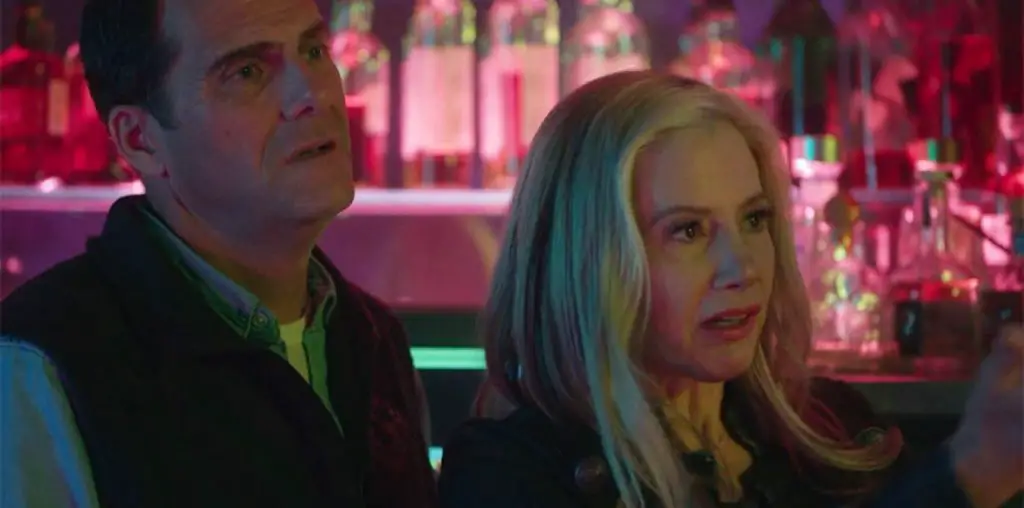
Dennis H. Miller’s superb animated videos utilize the technology of computer-based 3D animation software to create abstract compositions which thrill the viewer with their kinetic drama, visual complexity and beauty, as well as their sophisticated musicality. Miller’s avowed goal is to apply musical structural devices to animated videos, and the original scores he creates form a solid basis for his work. Miller writes electronic music which, eschewing conventional harmony, melody and rhythm, is essentially about texture and therefore about space, and so is perfect to accompany these spatial abstractions. Distinct sound events such as pops and plings are typically heard over background washes of hissing and droning sound. The animations follow the general outlines of the music and seem at times to be actually explaining the music to the viewer, changing visual texture each time there is a major change in the sound texture. However, individual visual gestures are less likely to be timed precisely with sonic gestures, except at special highlighted moments.
These astonishing animations are constructed with a dizzying precision which keeps us poised on the edge of our seats. Their shifting spaces reveal momentarily stable configurations which immediately break down and reform themselves into radically new spatial relationships. The constantly shifting point of view creates a sensation that one is always flying, floating or falling onto an ambiguous surface which one wouldn’t know how to land on, even if one were to touch down for a moment. These highly detailed landscapes exhibit a complexity which is always near but not over the edge of legibility. Many of the textures in these works simply defy verbal description, and must be seen and heard in order to be believed.
“Vis a Vis” (2002) features crisp, constructivist compositions in which black and white shapes are tinged with color, while sharp-edged forms are tinged with noise, and flat compositions suddenly rotate into enormously deep spaces. “Circles and Rounds” (2006) is a study in which curly gold filaments, winding around a central pole, form a bewildering variety of twisting spatial configurations. (And that’s just in the prologue.) In “Cross Contours” (2005) multihued strips of paper, floating in a vast space, come together to form a variety of unlikely shaped planetoids, then float apart again. “Residue” (1999) derives tremendous excitement by manipulating cubes whose facets are made from smoke.
“Moving Target” (2004) features a more “populist” version of Miller’s talents: three short pieces, set to more familiar sounding tonal/minimalist music as well as pop music. The images are easier to digest as well: an impressionist color palette applied to a riot of paint strokes, and a simple 3D composition of a sphere which emits colorful rectangles from it’s surface in time to the music. No less interesting or less well-made than the other pieces, but less demanding to decode, these pieces may prove an easier entry point for viewers unused to the highly sophisticated spatial and visual demands of Miller’s other work.
Virtually impossible to describe in it’s visual and aural complexity, “Faktura” (2003) evokes whole planets and universes of molten metal and rock. Perhaps the most finely detailed evocation of tactile sensation I have ever seen in a film, “Faktura” takes a world of texture, normally apprehended through the fingertips, and makes it visible to the eye and audible to the ear. This is a film which is simply astonishing.
Miller’s fully mature, sophisticated artistic sensibility creates a kind of drama and visual delight rarely found in abstract films. His rate of output, which seems to be about one 9 minute video per year, gives a clue to the degree of thoughtfulness and skill which have gone into creating these works. For pure visual and musical pleasure which will wake up your brain while pleasing your eyes and ears, run as fast as you can to your next opportunity to see Miller’s work.

